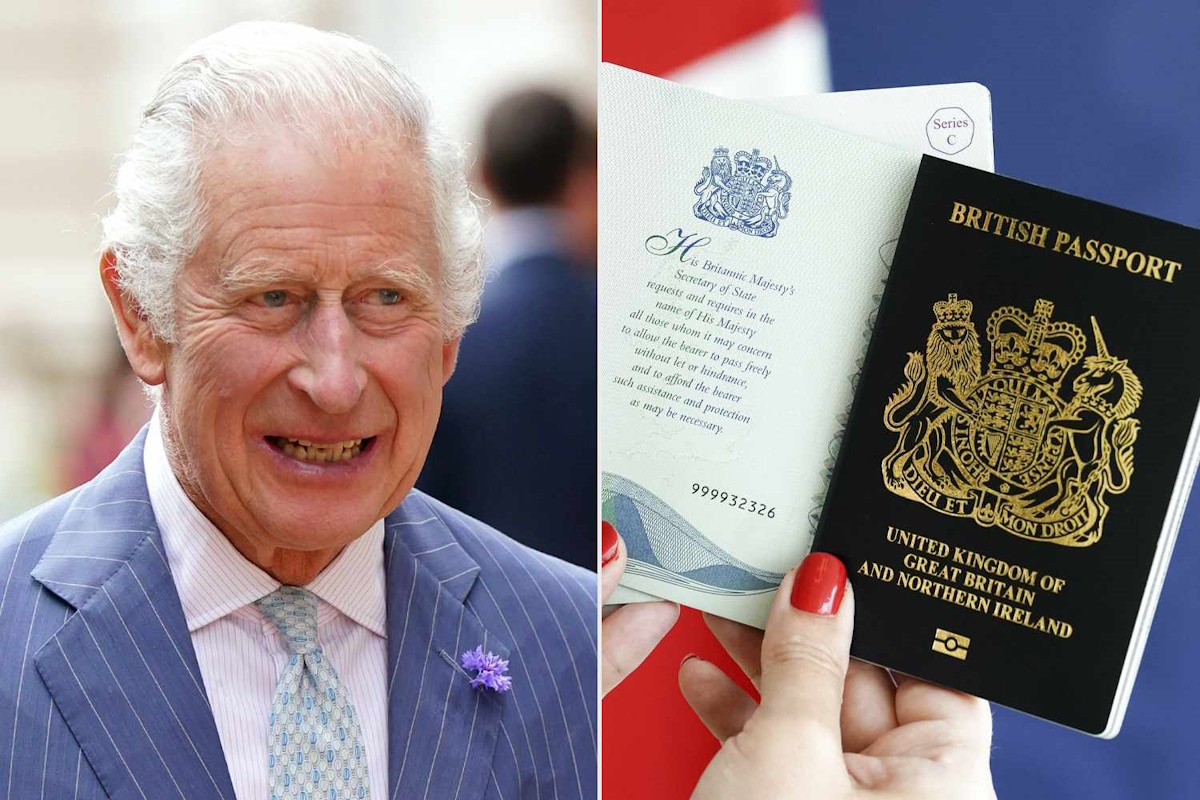10 Fascinating Facts About the UK Passport

The UK Passport is not just a travel document; it's a symbol of British citizenship and a testament to the country's rich history. Here are ten intriguing facts about the UK Passport.
1. Powerful Travel Document
The UK Passport is one of the most powerful in the world, allowing visa-free or visa-on-arrival access to over 180 countries.
2. Changing Colors
The color of the UK Passport has changed over time. It was blue until 1988, then burgundy to match EU standards, and has returned to blue after Brexit.
3. Advanced Security Features
UK Passports contain numerous security features, including a biometric chip, watermarks, and intricate designs to prevent forgery.
4. Unique Passport Number
Each UK Passport has a unique 9-digit number, which includes the check digit used to validate the number's authenticity.
5. Creative Page Designs
The pages of the UK Passport feature creative designs showcasing British landmarks, innovations, and cultural icons.
6. Royal Request
UK Passports are issued in the name of Her Majesty the Queen, with a formal request for safe passage on the first page.
7. No Passport for the Queen
Interestingly, the Queen doesn't need a passport to travel internationally, as UK Passports are issued in her name.
8. Validity Period
Adult UK Passports are typically valid for 10 years, while children's passports are valid for 5 years.
9. Emergency Passports
The UK can issue emergency passports, valid for one year, to citizens who urgently need to travel but have lost their regular passport.
10. Digital Application
UK citizens can now apply for or renew their passports online, with a digital photo upload option.
Timeline of UK Passport History
1414
King Henry V of England introduces the first known British passport.
1915
The British Nationality and Status of Aliens Act introduces the modern UK passport.
1988
UK passports change from blue to burgundy to align with EU standards.
2006
Biometric passports are introduced in the UK, enhancing security.
2015
The UK introduces polymer data page for increased durability and security.
2020
The UK reintroduces blue passports following Brexit.